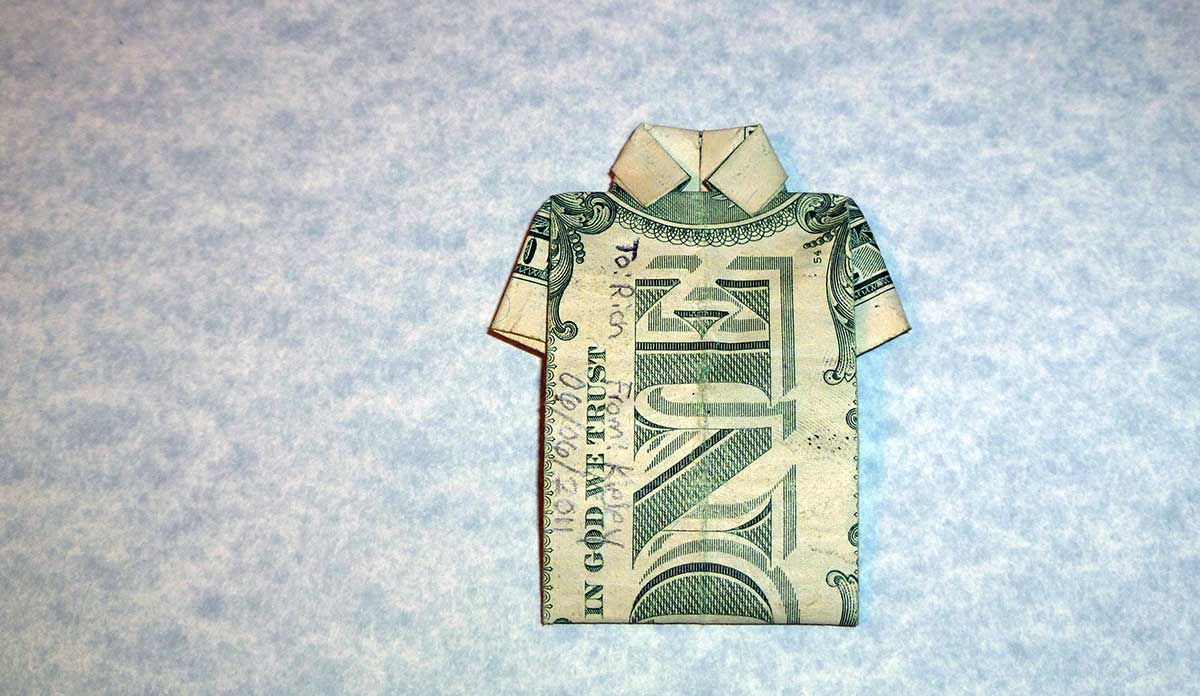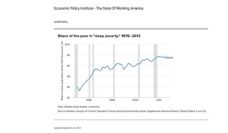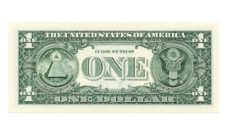The United States has the highest adolescent birth rate among developed countries. Although rates of teen childbearing have declined substantially in the past twenty years, U.S. teens are still two times more likely to give birth than their counterparts in Canada and Australia, and eight times more likely than teens in Switzerland.
Teenage parenthood is linked to several negative health and economic consequences for both mothers and their children, and public tax dollars related to teen childbearing exceed $9 billion annually. As a result, research has long tried to identify ways to reduce the teen birth rate.
But policies aimed at reducing the teen birth rate – including expanding access to family planning services, improving sexual education, and redesigning welfare programs – do not seem to have large and lasting impacts. Recent research has considered a different theory: perhaps teen childbearing is the result of — rather than a contributor to — underlying socioeconomic problems. That is, teens that lack opportunities for economic advancement do not invest in themselves, leaving few reasons to delay childbearing.
There are several policy tools that governments can use to reduce economic inequality. For example, there is overwhelming evidence that increases in the minimum wage reduce poverty. And with a few exceptions, there is considerable evidence that increasing the minimum wage has no significant effect on employment, even among teenagers.
…teens that lack opportunities for economic advancement do not invest in themselves, leaving few reasons to delay childbearing.
Some of my recent research builds on this knowledge by using U.S. teen birth rate data to examine how minimum wage increases affect teen birth rates. I take advantage of the fact that states have varying minimum wage levels and they often change at different times. In particular, I compare the teen birth rates in states that had a change to their minimum wage to those of states with minimum wages that remained the same.
I find that a one-dollar raise in the minimum wage reduces adolescent birth rates by roughly 2 percent , or about 5,000 fewer adolescent births annually. I find the declines in teen birth rates were especially prominent among young white and Hispanic women, but not for black adolescents, who are less likely than white and Hispanic teens to be employed.
Since infants of teen mothers generally have worse birth outcomes than children of older mothers, it is not surprising that minimum wages increases also improve birth outcomes such as gestational length, birth weight, and postneonatal mortality. Further, children are also at a reduced risk of child maltreatment following minimum wage hikes.
The results from these studies support the theory that enhancing opportunities for young people to invest in themselves, such as through education or working, can reduce adolescent parenthood. Preventing teen pregnancy then requires bigger picture thinking than historically employed. Policies that focus on narrow targets such as sex education, contraceptive access, and abortion policy are unlikely to have much success. Policies that address the underlying social and economic problems – the minimum wage being just one of many – are more likely to achieve this goal.
Feature Image: Richard Elzey, Dollar Art, used under CC BY 2.0/cropped from original














